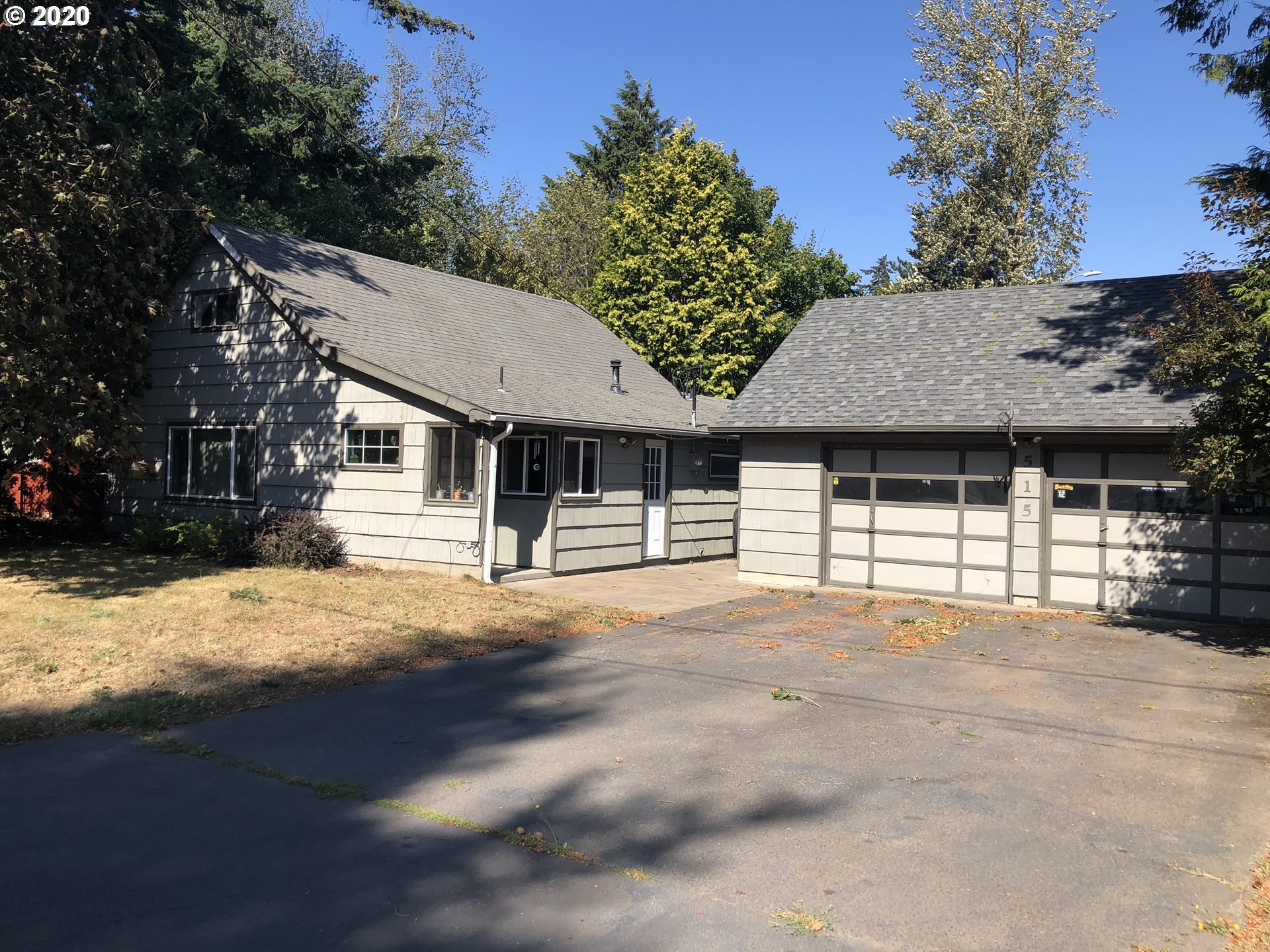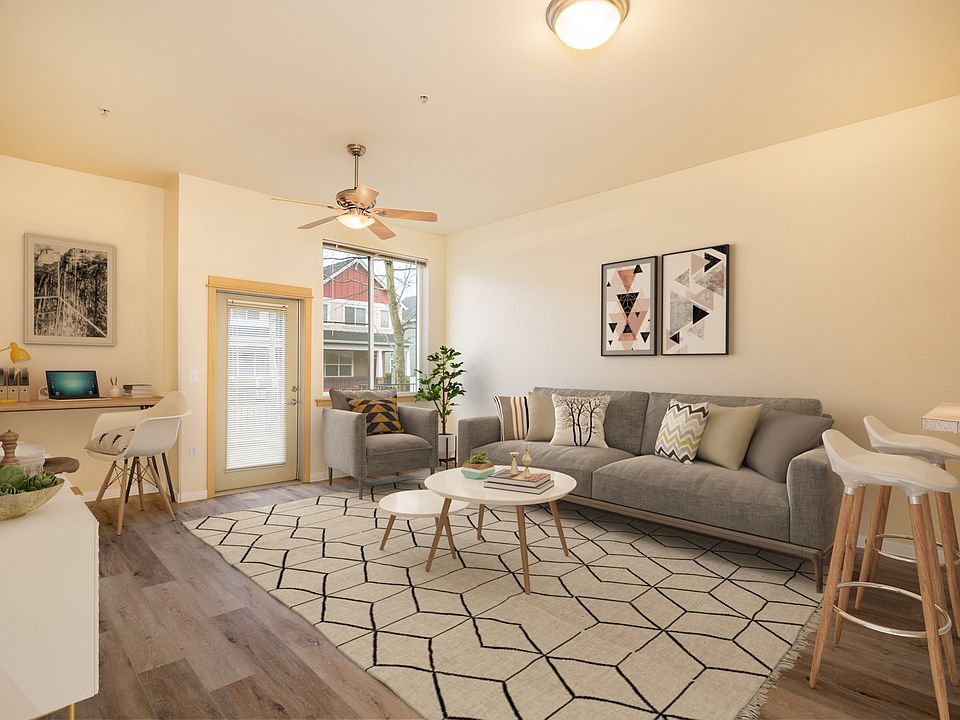Fairview Village Oregon Homes For Sale – Websites like eBay, Craigslist, Facebook Marketplace, and Poshmark have made it easier than ever for individuals to sell their unwanted items and for buyers to find exactly what they are looking for. One of the most popular categories of second-hand goods for sale is clothing. Just as with material possessions, when a person is “for sale,” they put their value on display for others to assess. When a business is put up for sale, it is typically the result of a variety of reasons, each unique to the situation at hand. This has made it easier for people to find items that might have otherwise been out of reach, whether it’s a rare collectible, an antique, or a product from another country. After the sale is complete, the buyer assumes responsibility for the business and takes control of its day-to-day operations. In this world, emotions can feel like products, available to be consumed at will and disposed of when they no longer serve a purpose. For some, it’s a matter of balancing budgetary constraints with their desire for quality. In a world dominated by fast fashion, disposable electronics, and mass-produced items, many people are beginning to question the value of constantly purchasing new products. Yet, even within this system, there is room for hope. Similarly, a quality suit made from fine wool will age gracefully, developing a patina that speaks to its craftsmanship. In some cases, the sale of an item can mark a pivotal moment in someone’s life. Our emotional lives, our personal narratives, and even our deepest fears have been monetized. Their inherent value comes not only from their physical characteristics but also from the values of durability and sustainability. For those considering buying a business, the appeal often lies in the opportunity to take over an existing operation and build upon its foundation. This revival can be attributed to a combination of economic factors, growing awareness of environmental issues, and a shift in consumer attitudes toward sustainability and the value of pre-owned items. A car is something that can hold a great deal of sentimental value. These generations are more aware of the environmental impact of fast fashion, disposable goods, and the need to adopt more sustainable practices. These brick-and-mortar stores offer a different shopping experience, one that is often characterized by the thrill of the hunt. Success after the acquisition depends on a variety of factors, such as effective leadership, market conditions, and the buyer’s ability to make improvements and capitalize on growth opportunities.

House for sale in Fairview 1933 NE 227th Ct, Fairview, OR 97024
View local noise levels3d toursfind open housessearch by commute time

Fairview Village, Fairview, OR Real Estate & Homes for Sale
View local noise levels3d toursfind open housessearch by commute time

515 MAIN ST, Fairview, Oregon, 97024
View local noise levels3d toursfind open housessearch by commute time

Homes For Sale in Fairview Oregon No Registration Required
View local noise levels3d toursfind open housessearch by commute time

Homes For Sale in Fairview Oregon No Registration Required
View local noise levels3d toursfind open housessearch by commute time

Fairview Village Fairview, OR Trulia
View local noise levels3d toursfind open housessearch by commute time

Fairview Oregon Homes for Sale
View local noise levels3d toursfind open housessearch by commute time

4062 NE Fairview Lake Way, Fairview, OR 97024 Zillow
View local noise levels3d toursfind open housessearch by commute time

Fairview Village 1341 NE Park Ln Fairview OR Zillow
View local noise levels3d toursfind open housessearch by commute time

Fairview, OR Real Estate Fairview Homes for Sale
View local noise levels3d toursfind open housessearch by commute time
The production of new goods often requires significant resources, such as raw materials, energy, and labor, while also generating waste and contributing to pollution. Buying second-hand goods has numerous advantages. When someone talks about purchasing quality goods, they are likely thinking of items that have been designed to last, to provide a superior experience, and to offer a sense of value far beyond the initial cost. But the financial aspect is only one part of the equation. This has opened up new opportunities for small businesses to thrive and for consumers to access unique, well-made items that they might not have encountered otherwise. A well-maintained, quality leather jacket may last a lifetime, whereas a low-cost alternative might only hold up for a couple of seasons. Business brokers play a key role in facilitating the transaction by acting as intermediaries between the buyer and seller. Sellers also have to deal with the emotional aspects of letting go of a business that they may have built over many years. The growing appeal of second-hand goods is also tied to a growing awareness of environmental issues. Social media platforms, for example, offer users a chance to buy into their own identity, to curate a version of themselves that is more appealing, more desirable, more marketable. The same logic applies to tools, kitchen appliances, furniture, and even technology. This leads to the accumulation of waste that ends up in landfills, contributing to pollution and the depletion of valuable resources. The materials, labor, and expertise that go into crafting these items naturally make them more expensive. The idea that everything has a price, and that everything is for sale, may seem like a grim outlook, but it’s one that has become increasingly true. The culture of buying second-hand goods is rapidly shifting in the modern world, particularly among younger generations. It involves an in-depth understanding of the business’s financials, operations, and market position. For many people, there is something uniquely satisfying about sifting through racks of clothes, rummaging through bins of books, or browsing shelves of home goods in search of that perfect item. In many cases, sellers may work with business brokers, financial advisors, or accountants to help value the business and identify potential buyers. Just as with material possessions, when a person is “for sale,” they put their value on display for others to assess. The very notion that everything can be bought and sold creates a society where inequality is not just accepted, but ingrained in the very structure of the economy.
We start to treat people as commodities, too — as means to an end, as tools for achieving personal success or social status. Whether it’s a high-end designer handbag, a gently used sofa, or a vintage record player, the price difference between a new and a second-hand item can be significant. The focus on longevity and reliability is what sets these goods apart from their mass-market counterparts. The resale of pre-owned clothing has become a booming industry in recent years, with second-hand stores and online marketplaces thriving as more consumers opt for affordable, sustainable alternatives to fast fashion. The artist who created it may have one understanding of its worth, while a collector may see it as a valuable investment, and a casual admirer might simply appreciate its beauty without considering its monetary value. There are communities that exist outside the realm of traditional commerce, where sharing, collaboration, and mutual support take precedence over profit. For the seller, the goal is often to maximize the value of the business, while for the buyer, the focus is on ensuring that the investment is sound and that the business can continue to thrive under new ownership. The rise of online platforms dedicated to the sale of second-hand goods has also played a significant role in the growing popularity of pre-owned items. Whether you’re the seller or the buyer, the phrase “for sale” is a reminder that everything in life is in constant motion, always moving toward something new, something different, something better. The growing interest in second-hand goods can also be attributed to shifting cultural attitudes toward consumption. The role of business brokers and intermediaries has become increasingly important in today’s business-for-sale market. By purchasing second-hand goods, consumers help keep products circulating in the economy, giving them new life and purpose. By purchasing second-hand items, consumers can help reduce the demand for new products, thereby lessening the environmental impact associated with manufacturing and shipping. One of the key defining features of quality goods for sale is their ability to stand the test of time. Selling such an item can be a difficult decision, yet it often represents the practical need to downsize or make space for something new. When people choose quality goods, they are choosing longevity over convenience, enduring craftsmanship over temporary trends, and often, a timeless aesthetic over what is in vogue today. In some cases, buyers may also acquire businesses with existing intellectual property, such as patents, trademarks, or proprietary technologies, which can offer a competitive edge in the market. Even in a marketplace where everything is commodified, there is still room for those moments and experiences that transcend value. There is also a growing trend of upcycling and repurposing second-hand goods, where items that may no longer serve their original purpose are transformed into something new and useful. Thrift stores and consignment shops often work with charitable organizations or local non-profits, using the proceeds from sales to support various causes.